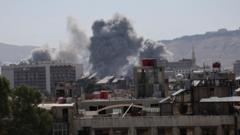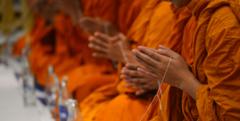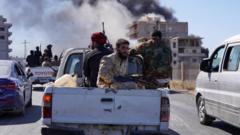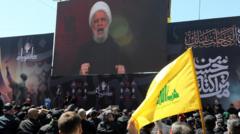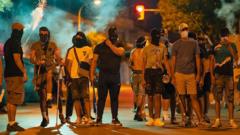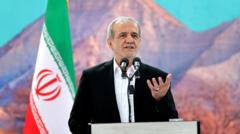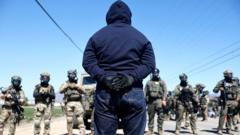Protests in Kenya turned violent as police and demonstrators clashed, leading to eight deaths and over 400 injuries. The unrest coincides with widespread public discontent directed at President William Ruto's government, with demonstrators calling for drastic political change.
Kenya Sees Deadly Clashes as Mass Protests Erupt Against Government
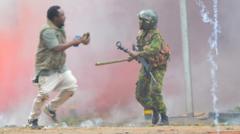
Kenya Sees Deadly Clashes as Mass Protests Erupt Against Government
Nationwide demonstrations against President Ruto's administration result in at least eight fatalities and hundreds injured amid escalating tensions.
At least eight individuals have died and over 400 others were injured during widespread protests in Kenya, as citizens marched against President William Ruto's administration, according to medical and human rights organizations. The protests, characterized by thousands of demonstrators chanting "Ruto must go" and brandishing branches, erupted amid a growing sense of public discontent.
In response, authorities deployed tear gas and water cannons to disperse crowds, particularly in major cities. The government initially banned live broadcasts of the protests, but a High Court in Nairobi overturned this, allowing media coverage of the unfolding events.
President Ruto addressed the situation during a burial ceremony in Kilifi County, urging protesters to maintain peace and stability. “Protests should not be to destroy peace in Kenya. We do not have another country to go to when things go wrong,” he remarked, distancing himself from the unrest while appearing absent from his official residence, State House, as demonstrators approached.
Law enforcement erected barricades and razor wire to block major thoroughfares leading to State House and parliament. These protests occurred on the anniversary of a previous wave of demonstrations that resulted in significant violence and at least 60 fatalities. The Kenya Medical Association and other civil groups reported that at least eight people had died in the recent protests, with 83 injuries requiring specialized medical attention, including eight gunshot wounds.
Public sentiment among protesters remains one of urgency and frustration. Participants like Amina Mude declared their motivations tied to the future of their children, emphasizing a need for leadership to listen to citizens. As footage showcased thick clouds of tear gas enveloping urban landscapes, marchers moved past shuttered businesses and memorials to the lives lost in last year's protests. This ongoing clash underlines Kenya's turbulent political landscape, as the populace grapples with the implications of governmental decisions on their lives.







